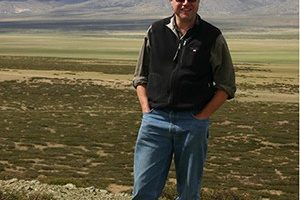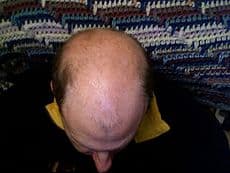university of cincinnati
Research uncovers a secret society connecting through the Internet
It can be a helpless and heartbreaking situation for families as they try to confront a family member with an eating disorder. What they may not know is that there’s a society on the Internet that is dedicated to thwarting any recovery from this dan…
With chemical modification, stable RNA nanoparticles go 3-D
CINCINNATI — For years, RNA has seemed an elusive tool in nanotechnology research — easily manipulated into a variety of structures, yet susceptible to quick destruction when confronted with a commonly found enzyme.
“The enzyme RNase cuts RNA ra…
‘Selective strategy’ recommended for CT scans in emergency departments
CINCINNATI–Emergency medicine researchers with the University of Cincinnati (UC) are advocating a new strategy for diagnosing a common but dangerous condition in the emergency room.
Pulmonary embolism, or PE, is a potentially lethal disease in wh…
Strike a pose: Research uncovers what’s behind image in the modeling industry
The casting sessions aren’t just for movie stars, but what is involved in casting decisions that can launch fashion models to fame — or at the very least — to land a job? Stephanie Sadre-Orafai, a University of Cincinnati assistant professor and…
Researchers gain focus on a bug with bifocals
University of Cincinnati researchers are reporting on the discovery of a bug with bifocals — such an amazing finding that it initially had the researchers questioning whether they could believe their own eyes. “To the best of our knowledge, this i…
What's lost is found again: 'Virtually' rebuilding Native American monuments
For five years now, a University of Cincinnati team has been piecing together the fragments of three little-known, prehistoric Native American cultures that left behind immense earthworks that rival Stonehenge in their astronomical accuracy. Most of these sites ? an extant example being Serpent Mound in Adams County, Ohio ? survived close to two millennia before they were gouged out or cultivated in the 19th century or paved over for development in the 20th century. And that’s where the extensive, national team, led by architect John Hancock of the Center for the Reconstruction of Historic Sites at UC, comes in.
Study points to methods for safe drug dispensing via computer
Researchers have found that a new computer system that uses bar codes to safeguard patients’ medications will work successfully, but not without creating new, serious problems for nurses charged with patient care. “In general, we viewed the system as successful. There are no magic bullet solutions to human error in any setting, and even the best systems will require constant maintenance and flexible redesign after implementation,” said Emily Patterson, a research specialist in Ohio State’s Institute for Ergonomics.




